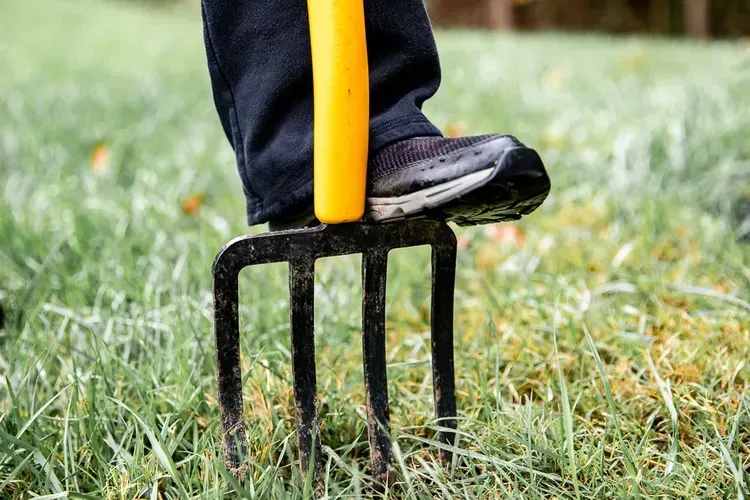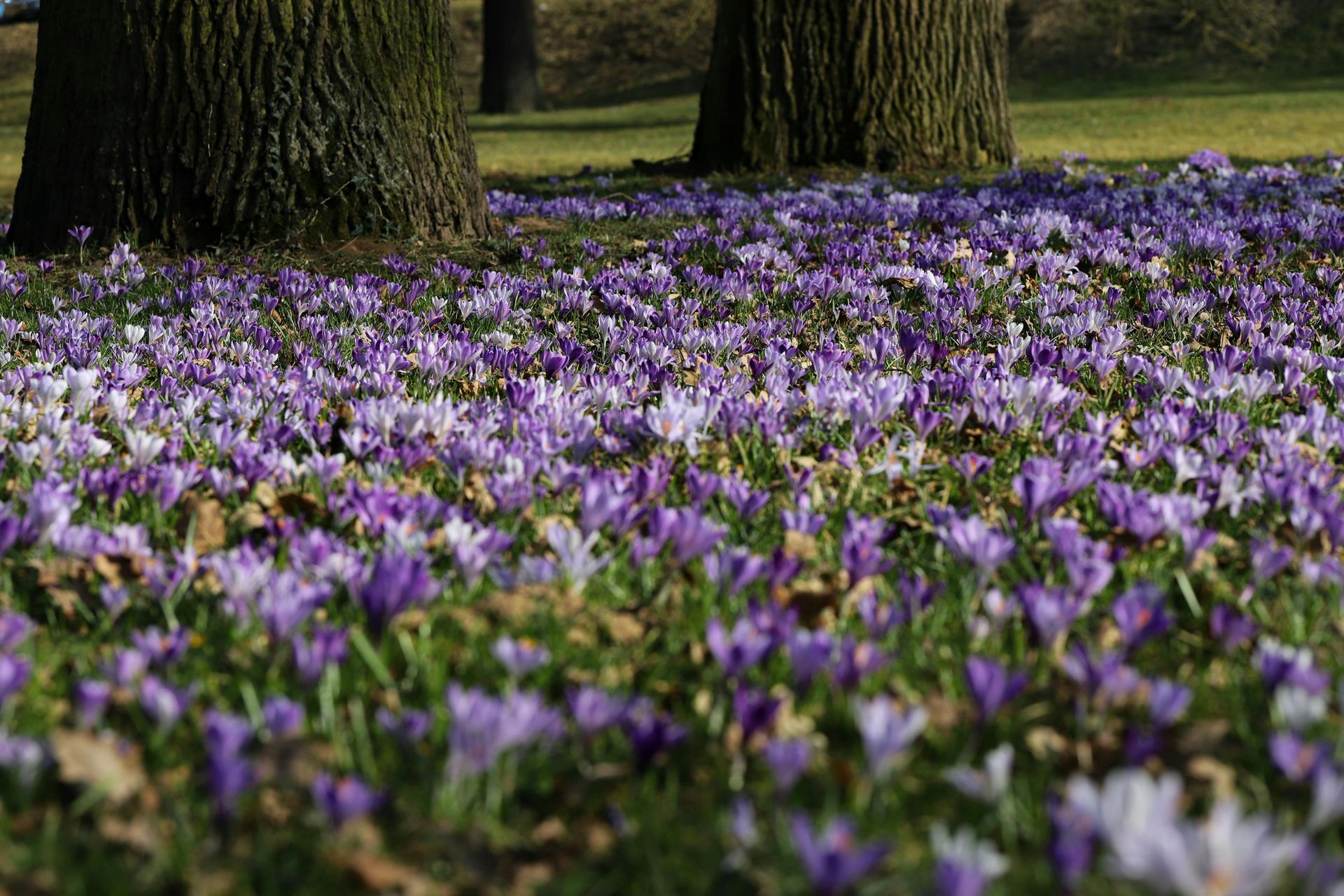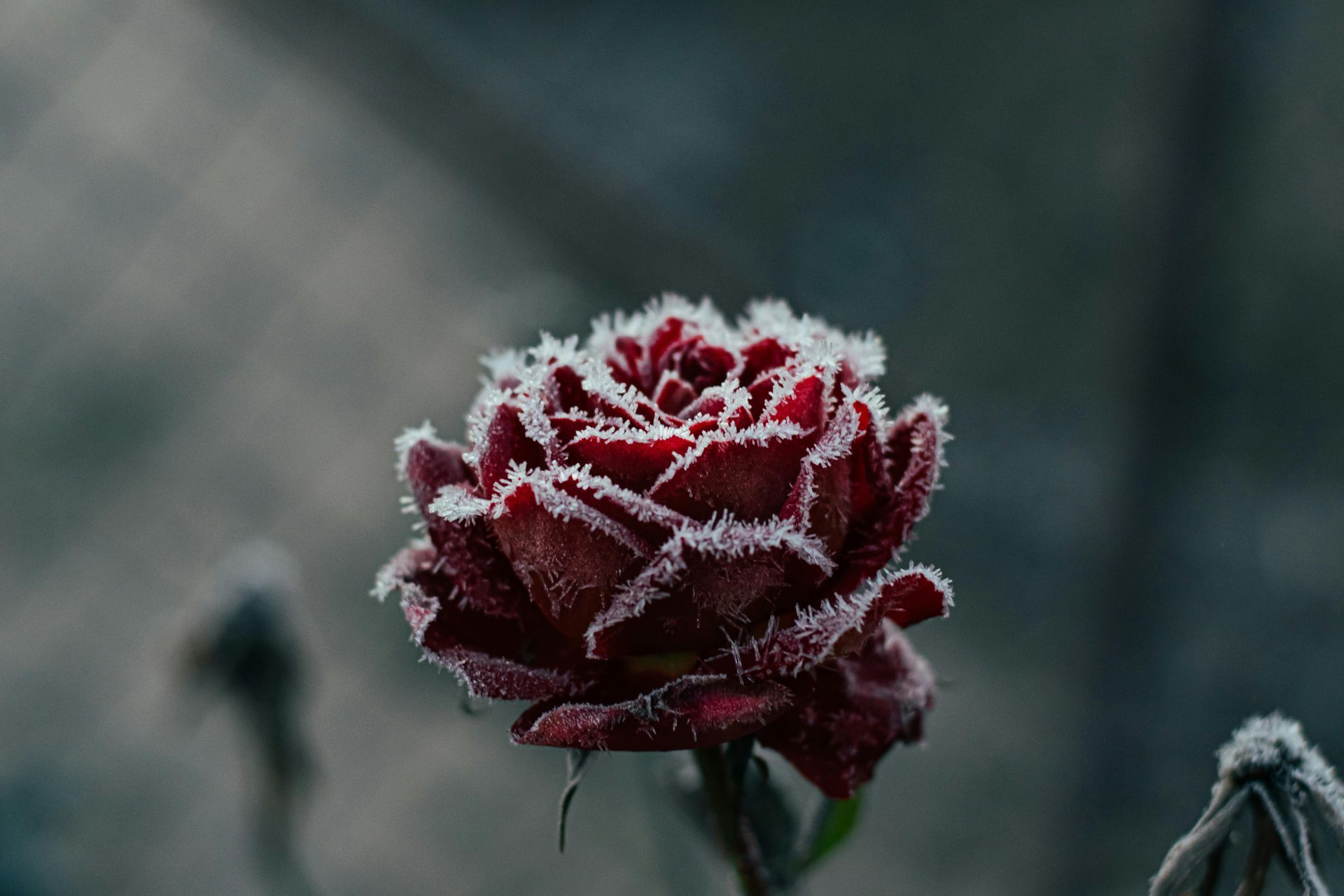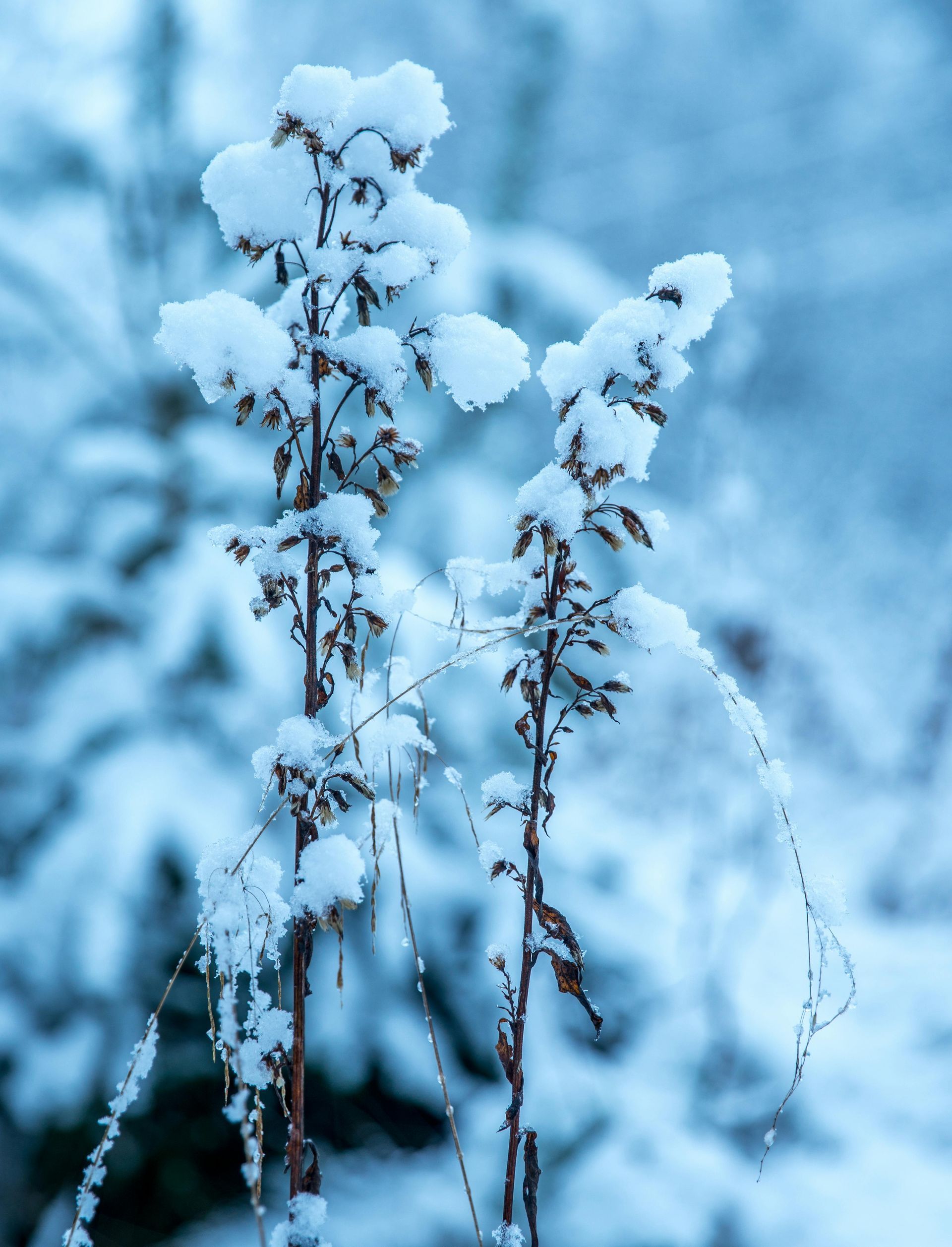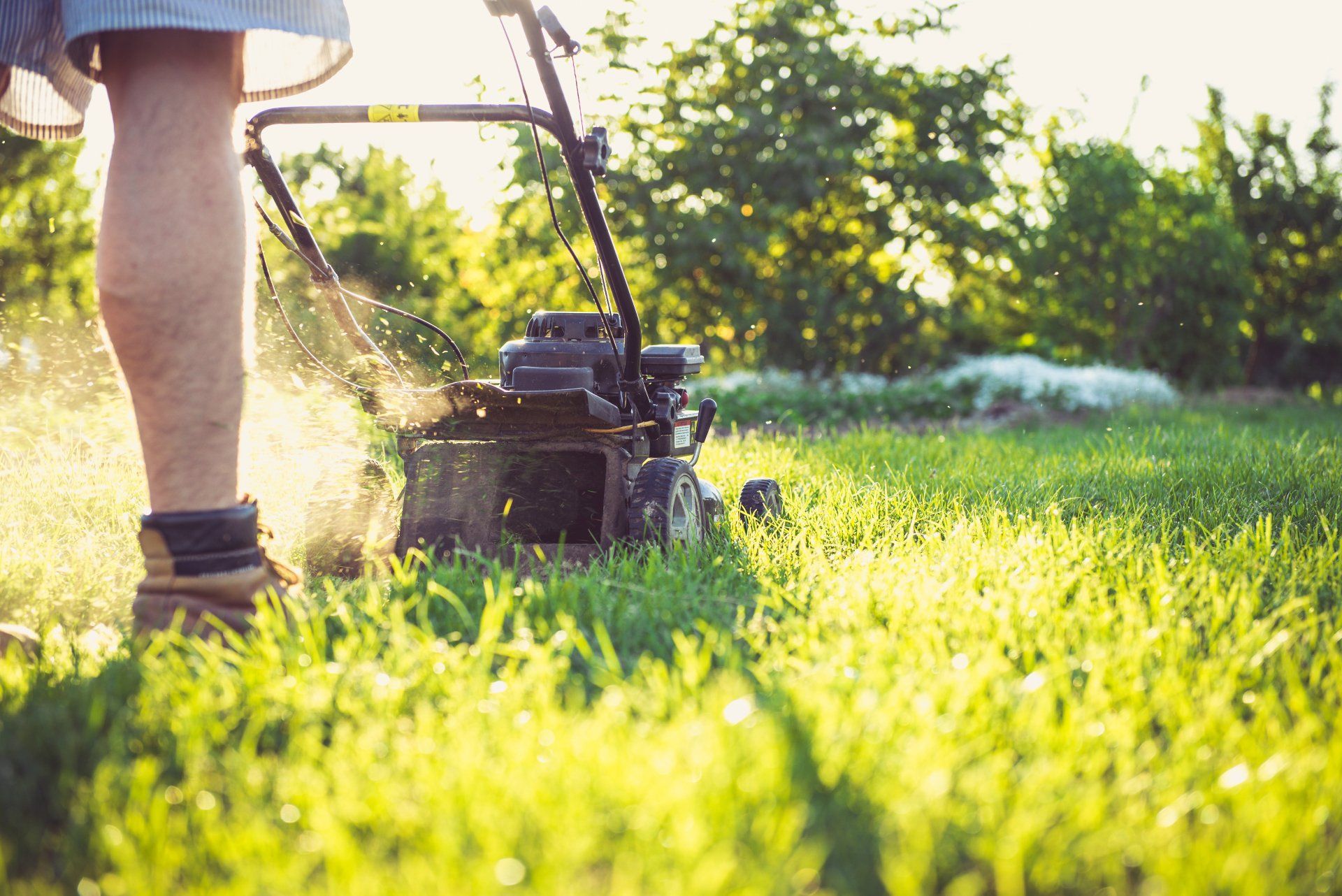Winter Landscaping Myths What s True and What's Not
Winter is often seen as a time of rest for your garden. Many believe it's a season when your lawn and plants go dormant, requiring little to no care.
But is this really the case?
In this article, we'll debunk some common
winter landscaping myths. We'll explore the truth about lawn care and landscape maintenance during the colder months.
You might be surprised to learn that winter can be the best time to
aerate and overseed certain types of grass. Or that some plants actually thrive when planted in cooler temperatures.
So, let's dive in and separate fact from fiction. It's time to discover what's true and what's not when it comes to winter landscaping.
Photo By: The Spruce
Debunking Common Winter Landscaping Myths
Winter landscaping myths abound, clouding what you should actually do in colder months. Knowing the truth can save your garden.
Common winter myths can lead to neglected lawns and landscapes. It's crucial to identify these misconceptions. Misleading beliefs include:
- Lawns don't require winter care.
- Aeration and overseeding should wait.
- Watering isn’t necessary.
- Snow benefits your yard.
- Pruning is spring’s job.
Each myth has its own set of consequences, and believing them can lead to long-term damage. Awareness of these myths helps in making informed decisions.
But what’s the reality? Let’s unravel these untruths and reveal facts, ensuring your landscape stays vibrant even when temperatures drop.
Myth 1: Lawns Don't Need Care in Winter
This myth suggests winter lawn care can be ignored. But that's far from true.
Even in winter, lawns require attention. Grass may grow slower, but it's not dormant. Mowing may still be necessary to keep it healthy. Additionally, winter care sets the stage for a lush lawn in spring.
Myth 2: Winter Is Not the Time for Aeration and Overseeding
Many avoid winter aeration and overseeding, expecting poor results. Yet, winter can actually be favorable for these tasks.
Cool-season grasses benefit from late fall to early winter overseeding. This helps them strengthen before spring growth. Aerating your lawn in winter prevents soil compaction, promoting health.
Myth 3: Watering Your Lawn in Winter Is Unnecessary
Some assume lawns get ample water from snow. But snow doesn’t always meet your lawn's water needs.
Dry winters still require occasional watering, especially during warm spells. Lack of water can stress grass, leading to thinning or dieback. Monitoring
soil moisture helps maintain lawn health throughout winter.
Myth 4: Snow and Ice Are Good for Your Landscape
While snow can insulate soil, the idea it’s always beneficial is misleading.
Heavy snow and ice can damage plants and grass. Excessive weight breaks branches and causes compaction. Clearing snow and ice from vulnerable areas is essential to prevent damage.
Myth 5: Pruning Should Wait Until Spring
Pruning is often delayed until spring, considered the appropriate time. But winter pruning has its advantages.
Many plants benefit from
winter pruning due to dormancy. Cutting back now can invigorate spring growth, improving health and appearance. Understanding which plants to prune in winter ensures better results.
The Truth About Winter Lawn Care and Maintenance
Winter lawn care is vital for maintaining a healthy landscape. It’s not about ignoring your lawn but adjusting care routines.
Grass, although slowed by cold, continues its
growth cycle, demanding occasional attention. Proper winter maintenance prevents issues like compaction and disease.
By understanding winter needs, like occasional watering and thoughtful pruning, your lawn can thrive, ready to burst into life come spring.
The Best Time to Aerate and Overseed Your Lawn
Timing is crucial for aeration and overseeding, even in colder months. Late fall to early winter suits cool-season grasses.
Aerating in winter helps reduce soil compaction, promoting better air and nutrient exchange. Overseeding during this period allows seeds to establish roots, strengthening against spring growth stresses.
Essential Winter Lawn Care Tips
Effective winter lawn care involves simple yet impactful practices. It’s about consistency and understanding your lawn’s needs.
Consider these tips:
- Monitor soil moisture and water as needed.
- Remove debris and fallen leaves regularly.
- Avoid heavy foot traffic on wet or frozen grass.
- Protect vulnerable areas from excess snow.
These small actions ensure your lawn remains in prime condition through winter.
Landscape Maintenance: Keeping Your Garden Healthy in Winter
Winter’s chill demands a shift in landscape maintenance priorities. Focus on protection and preparation during these months.
Shield plants from harsh weather, using
mulch for insulating roots. Check structures like fences and garden beds for damage, repairing before spring.
Prepare for next season by planning designs or changes you intend to implement. This ensures a smooth transition when temperatures rise, keeping your garden vibrant year-round.
Planning Ahead: Preparing Your Landscape for Spring
Winter offers a great opportunity to plan for the upcoming gardening season. It’s a quiet period to evaluate and strategize.
Take stock of what worked last year and what didn’t. Assess
plant health and note areas needing improvement.
Research new plants to introduce for added diversity or color in spring. Careful planning now means less rush when the growing season begins.
Why Winter Is the Perfect Time for Garden Planning
Winter’s slower pace allows a thorough review of your landscaping goals. Use this time to envision and sketch potential improvements.
Without the immediate pressure of growing tasks, you can focus on creative ideas. Think about incorporating new features, adjusting layouts, or trying new themes.
This planning pays off as it prepares you to hit the ground running come spring.
Photo By: The Spruce
Winter Projects: What You Can Do Now for a Lush Spring
While winter might seem barren, it’s rich with preparation potential. Focus on projects that pave the way for robust spring growth.
Tend to
hardscaping tasks like repairing pathways or borders. Organize garden tools and supplies, ensuring everything is ready when needed.
Start seeds indoors, giving them a head start to mature by spring. These tasks set the foundation for a successful spring transformation.
Conclusion: Embracing the Winter Season in Your Garden with AAF Landscaping
At AAF Landscaping, we believe that winter is not merely a dormant phase for your garden; it's an opportunity to lay the groundwork for a thriving landscape in the warmer months. By embracing seasonal tasks and meticulous planning, you can ensure your garden is well-prepared for renewal come spring.
Let us help you make the most of this winter season! Whether it's strategizing your landscape maintenance, pruning your plants, or planning new garden designs, AAF Landscaping is here to guide you every step of the way.
Contact us today to schedule a consultation and discover how we can transform your outdoor space into a vibrant paradise, ready to flourish all year round!

